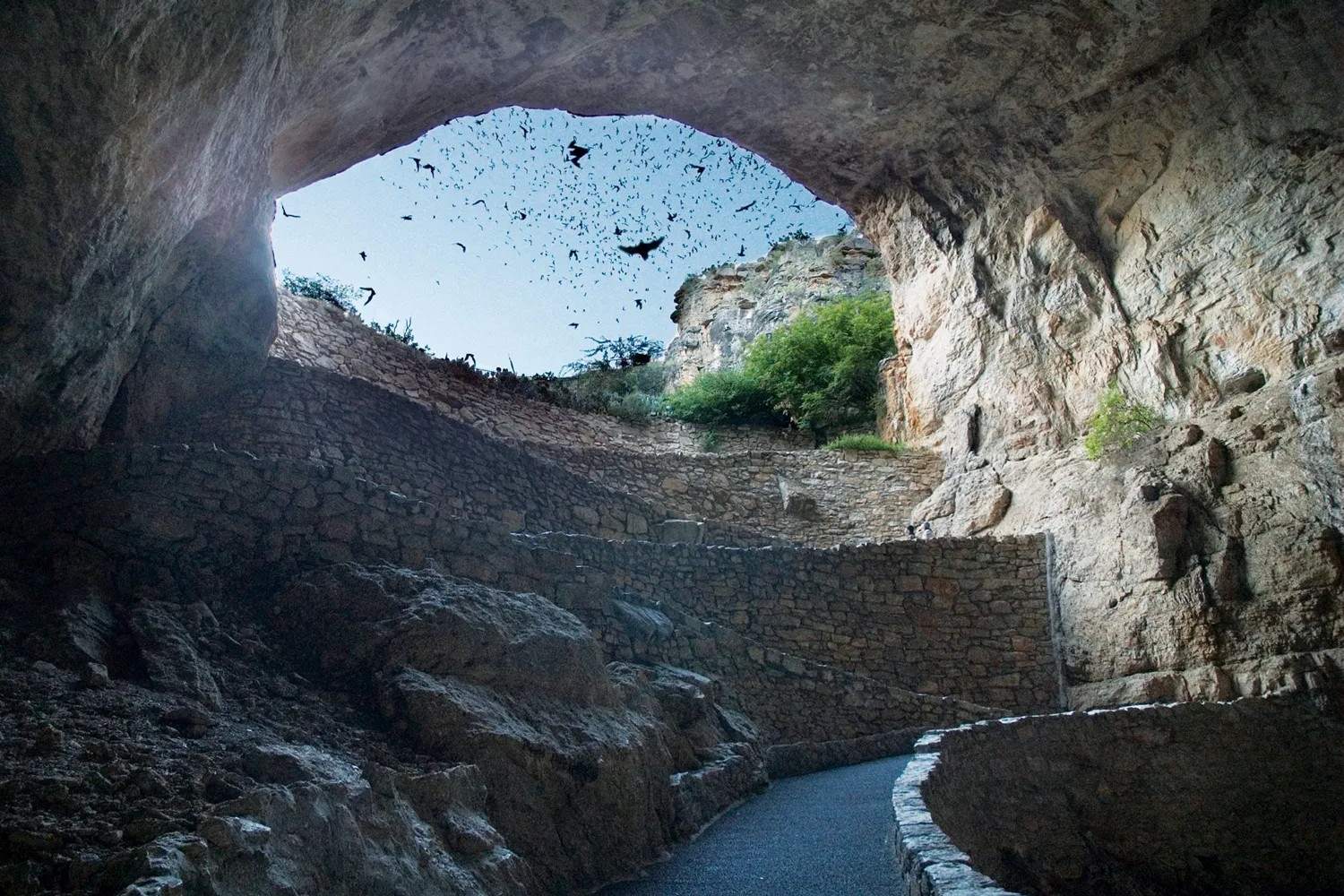Secrets Of Indigenous Trade Centers In The Southwest Borderlands

Have you ever wondered how ancient trade centers shaped the Southwest Borderlands? These bustling hubs were more than just places to exchange goods. They were the heart of cultural exchange, where ideas, traditions, and innovations flowed freely. Imagine vibrant markets filled with pottery, textiles, and exotic items from distant lands. Traders traveled long distances, braving harsh deserts and rugged terrain, to bring their wares to these centers. The legacy of these trade hubs still influences the region today, from local crafts to culinary traditions. Join us as we uncover the secrets of these fascinating ancient marketplaces and their lasting impact on the Southwest Borderlands.
Secrets of Indigenous Trade Centers in the Southwest Borderlands
The Southwest Borderlands, rich in history and culture, were once bustling hubs of trade. Indigenous communities thrived here, exchanging goods, ideas, and traditions. Let's uncover some of these fascinating trade centers.
Ancient Trade Routes
Trade routes crisscrossed the Southwest, connecting distant communities. These paths were more than just roads; they were lifelines of commerce and culture.
Chaco Canyon
Chaco Canyon, located in present-day New Mexico, was a major center of trade. Its massive stone buildings, known as Great Houses, served as hubs for commerce. Traders brought turquoise, shells, and exotic birds from faraway lands.Hohokam Canals
The Hohokam people, residing in what is now Arizona, built an extensive network of canals. These waterways facilitated trade and agriculture, making the region a thriving trade center. Goods like cotton, pottery, and crops were exchanged here.
Key Trade Goods
The Southwest Borderlands were known for their unique and valuable trade goods. These items were highly sought after by neighboring tribes and distant communities.
Turquoise
Turquoise, mined in the Southwest, was a prized trade item. Its vibrant blue-green color made it a symbol of wealth and status. Traders exchanged turquoise for goods like shells, copper, and feathers.Pottery
Pottery from the Southwest was renowned for its intricate designs and craftsmanship. Each piece told a story, reflecting the culture and beliefs of its creators. Pottery was traded far and wide, reaching as far as the Great Plains.
Cultural Exchange
Trade centers were not just about goods; they were also places of cultural exchange. Ideas, traditions, and technologies flowed along with the trade goods.
Mesa Verde
Mesa Verde, located in Colorado, was home to the Ancestral Puebloans. This site was a hub of cultural exchange, where people shared knowledge about farming, pottery, and architecture. The cliff dwellings here are a testament to their ingenuity.Casa Grande
Casa Grande, in Arizona, was a significant cultural and trade center. The massive adobe structure served as a meeting place for traders and travelers. Here, people exchanged not only goods but also stories, rituals, and innovations.
Decline and Legacy
While many of these trade centers eventually declined, their legacy lives on. The impact of these ancient trade networks can still be seen in the cultures and traditions of the Southwest.
Pueblo Bonito
Pueblo Bonito, part of Chaco Canyon, saw its decline around the 12th century. However, its influence persisted. The architectural techniques and cultural practices developed here spread throughout the region, shaping future communities.Snaketown
Snaketown, a Hohokam village in Arizona, was abandoned around 1150 AD. Despite its decline, the innovations in irrigation and agriculture pioneered here continued to influence the Southwest for centuries.
The Southwest Borderlands were more than just trade centers; they were vibrant communities where commerce, culture, and innovation thrived. The legacy of these ancient trade networks continues to shape the region today.
Lessons from Indigenous Trade Centers
Indigenous trade centers in the Southwest Borderlands were more than just marketplaces. They were hubs of cultural exchange, innovation, and community building. These centers connected diverse groups, fostering relationships that went beyond commerce. The intricate trade networks they established show a deep understanding of geography, resources, and diplomacy.
Modern society can learn a lot from these ancient practices. The emphasis on sustainability, mutual respect, and cooperation is something that resonates even today. By studying these trade centers, we gain insights into how communities can thrive through collaboration and shared knowledge.
Understanding the history of these trade hubs enriches our appreciation for the ingenuity and resilience of Indigenous peoples. Their legacy continues to influence contemporary trade practices and community dynamics. Embracing these lessons can help build a more connected and sustainable future.

